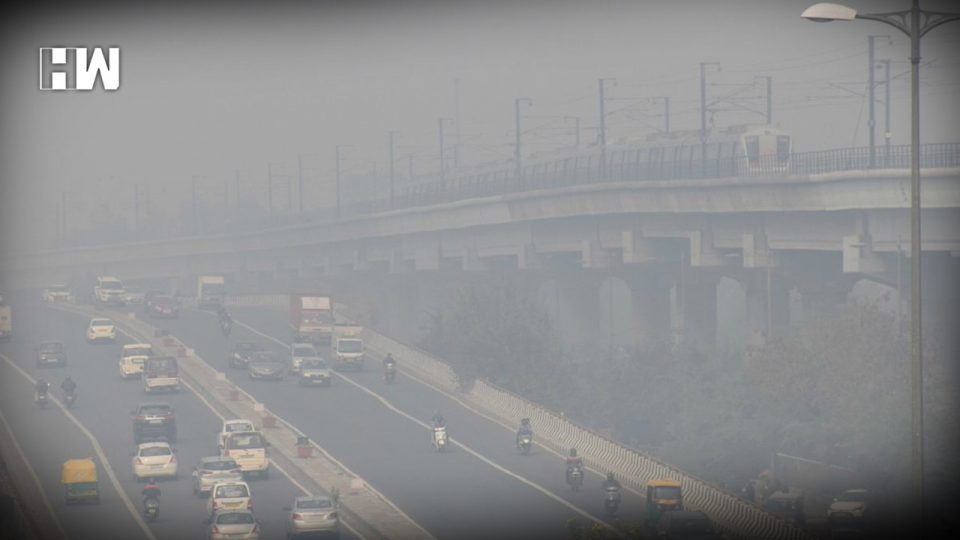With a massive haze of dust enveloping Delhi and the pollution levels dropping to “severe” category, a green body has urged the Environment Ministry to speed up rolling out its National Clean Air Programme, which proposes multiple strategies to combat air pollution.
Greenpeace India said air pollution is a “silent and invisible killer” and a national health emergency, asserting that big polluters must be held accountable for the menace.
The air pollution situation in Delhi remained “severe” for the fifth day on Saturday, but authorities expressed hope that the air quality would improve after pollutants begin to disperse.
The pollution level had dipped to “severe plus” category at on one point on Saturday but the situation was gradually improving, the Centre-run System of Air Quality and Weather Forecasting and Research institute (SAFAR) said.
“Air pollution is prevalent all year round and throughout the country and not just limited to Delhi. The environment ministry must speed up its pace on rolling out the National Clean Air Programme,” Sunil Dahiya, senior campaigner, climate and energy, Greenpeace India, told PTI.
“Air pollution is a national public health emergency and the big polluters must be held accountable for the menace,” he said.
The environment ministry has prepared the draft NCAP with an overall objective of a comprehensive management plan for prevention, control and abatement of air pollution, and augment the air quality monitoring network across the country.
Various green groups have submitted their recommendations to the ministry on the draft.
Although under the Graded-Response Action Plan, all construction activities have been stopped in the capital and authorities plan to strictly enforce prohibition on open burning of garbage and plastics, Dahiya said the measures are not enough.
He rued that any serious conversation about pollution begins only after people experience hazy days.
“The haze in north India has become visible now because of dust-laden winds blowing from areas in Rajasthan. But air pollution in north India is omnipresent,” he stressed.
He said pollution sources emitting toxic gases through the year push the air pollution to hazardous levels and dust storms and other such meteorological factors contribute to the crisis.
He dismissed the notion that air pollution happens because of meteorological factors only but said they exacerbate the situation.
He said a study by Lousiana State University has recommended 13 measures that can reduce pollution-related premature deaths, which stand at nine lakh a year. Dahiya said policy measures – with the largest potential for air quality improvement – have helped improve the situation.
The PM10 level (presence of particles with diameter less than 10 mm) had climbed to 778 in Delhi-NCR and 824 in Delhi on Wednesday, demonstrating that severe air pollution is a “summer-time problem” too.
Delhi L-G Anil Baijal has ordered stoppage of all civil construction activities till Sunday. Union Environment Minister Harsh Vardhan has ordered civic agencies to be on “maximum” alert and ensure necessary measures are taken to contain the spread of dust particles.
As an independent media platform, we do not take advertisements from governments and corporate houses. It is you, our readers, who have supported us on our journey to do honest and unbiased journalism. Please contribute, so that we can continue to do the same in future.

